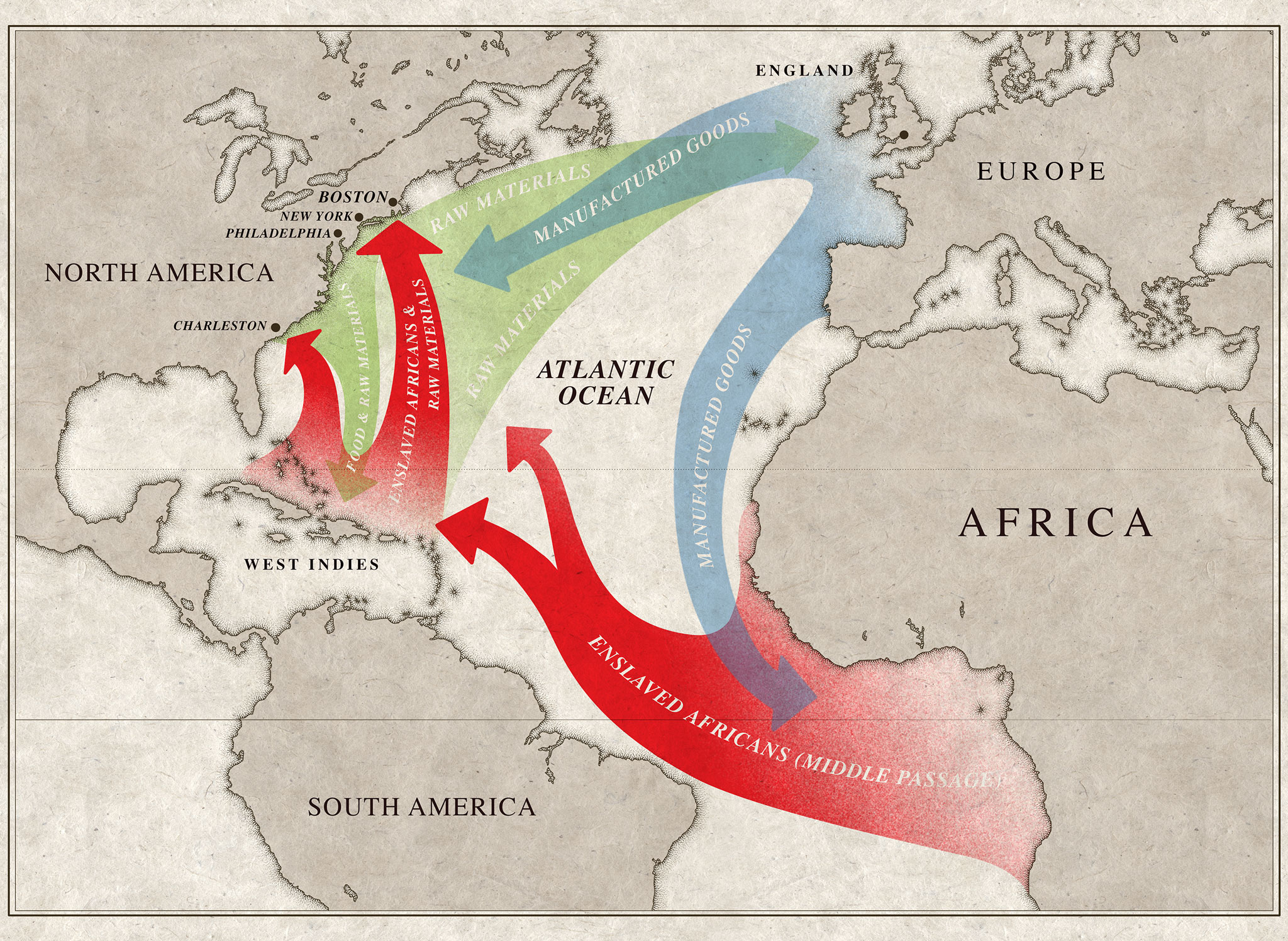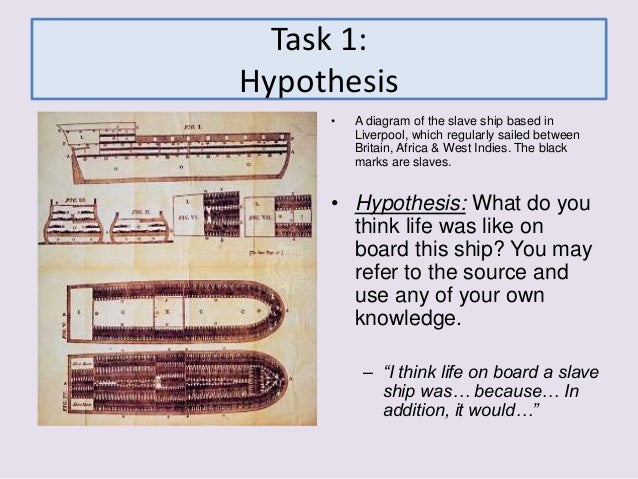
A European who accompanied one such slave caravan reported in 1799 that a typical coffle in the Senegal River area would march some twenty miles in seven or eight hours each day. Whatever the method of capture, Africans usually made the journey to the coast on foot. They often endured a long trek fastened one to the other, loaded with heavy stones of 40 or 50 pounds in weight to prevent attempts at escape. The third video, by Sobonfu Some is on “Crying: The Ritual of Healing.” And remember the words of Maya Angelou, “It takes more than a horrifying transatlantic voyage chained in the filthy hold of a slave ship to erase someone’s culture.” 1. Please play this video and allow the music to accompany you as you read. The second video is on Water Drumming, as the sound of water is very healing for the soul. The first video, “There is no movement without rhythm” will connect you to sounds and spirit of our ancestors. Knowing the soul wounding, which could result from reading the brutal savagery our ancestors experienced, I have included three videos.

Most of the traumatic experiences of our ancestors detailed below are taken from Taylor’s book. If We Must Die, offers a vivid account of the horror of the Maafa. However, time and time again, during the reading of this book, I had to put it to one side…and sometimes I simply slammed it into the floor and screamed! It was just too painful! It was the first book, I had to stop reading for weeks before I could go back to it. Although Taylor’s book, was on shipboard insurrections (he found 493 cases), he began his book with a comprehensive introduction of the Maafa (slavery) to really convey the brilliance of African resistance in the face of overwhelming odds. The most horrific book, I have ever read on the Maafa (slavery) is If We Must Die by Eric Robert Taylor. During the ‘Middle Passage’ between 10 and 20 per cent of over 15 million who departed Africa died from punishments, hunger, disease, and trauma large numbers were also thrown overboard when slavers considered them sick. An estimated 40 per cent of the captives died before leaving Africa.

Nothing in their life experiences could have prepared African people for the psychological trauma, dehumanisation, and degradation, they would experience. At both stages, captive Africans suffered unimaginable cruelties, as the Atlantic slave system was initiated and perpetuated in conditions of extreme violence. There were two distinct stages on the journey from Africa to the Americas: Capture in Africa and the Atlantic crossing, or the Middle Passage. Over the long history of the Atlantic slave system, Africans in their millions were removed from their varied homelands and loaded onto slave ships. For over 400 years, African people were exploited by Europeans for the creation and development of a number of their invaded territories across the Americas. This initial piratical act of violence would eventually spiral into more terrifying forms – warfare and raids- for the enslavement of African people. In 1441, Antam Goncalves, a Portuguese sailor, seized ten Africans near Cape Bojador.


 0 kommentar(er)
0 kommentar(er)
